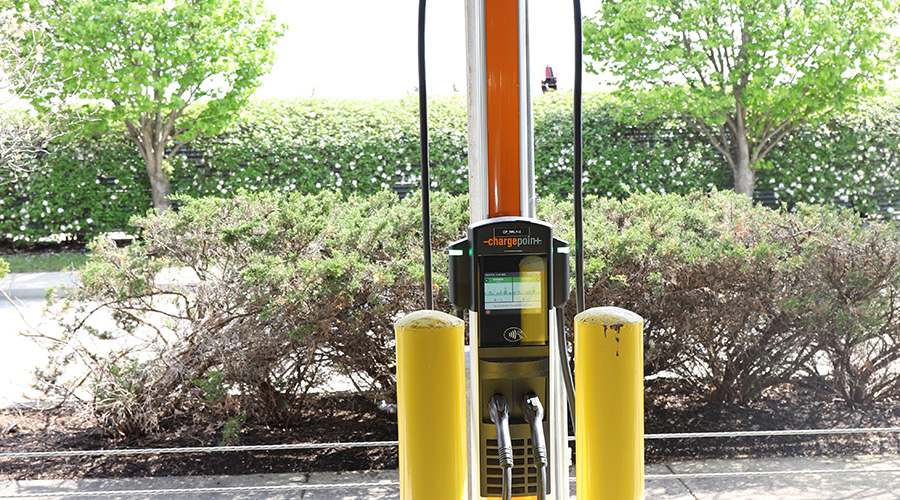Developing Goals within Facilities
Making the facility management organization the most effective and functional it can be is a never-ending process of learning and continuous improvement.
Once managers and their teams have established alignment with the organization, the next phase is an unpacking process of developing goals, initiatives and metrics. Performance management tools such as the balanced scorecard can help managers define the desired strategic outcomes, identify actions the team will take to get there and measure progress along the way.
Let’s assume for a moment that a manager has figured out the strategic objectives, initiatives and goals and that plans and processes are in place. Management has aligned with the organization and knows what the department is about. The performance management system — the balanced scorecard — is in place. The next step is to move on to optimization to tune up the facility management organization to be as effective and functional as possible. Consider these three areas: systems, processes and people:
Systems. Any one system, such as a chiller or a central plant, can be optimized to perform better. That might be important, but instead, let's focus on the facility management organizational aspect of systems. In the optimized organization, managers need to understand what systems are critical to the organization’s success.
In the example of the retail facility where keeping cash registers running is the sign of ultimate success, what facility systems are most critical? Power, network connectivity and perhaps the cooling system. Knowing that, how should a manager prioritize preventive maintenance activities and capital renewal decisions? These systems should take priority, and managers should consider backups because the systems are critical to the desired outcome.
Processes. Facilities have all kinds of processes in place: adding new equipment to the integrated workplace management system (IWMS), including conducting preventive maintenance, handling work orders, onboarding employees, emergency response and energy management. Inefficient processes can artificially create logjams in the workflow and decision making, costing time, money and labor that departments often can’t afford.
In the optimized facility management organization, the objective is to continuously improve, reviewing processes with an eye to making them more efficient and streamline the workload. To start, managers should find one process where they can make improvements. Next, identify what success will look like. Success could be as simple as setting a goal to reduce work order closeout time.
Then work through the process steps. Where are the hang-ups? What causes the team to slow down or falter? Determine changes that should be made, and communicate them to the team.
Finally, measure the outcome. Did the changes improve work order closeout time? Is it improving overall workflow? Managers also might find additional benefits along the way, such as improved team morale and improved customer service.
People. This one is my favorite and the one managers most often miss. The people operating the facility have the largest impact on its performance.
A great facility loaded with the latest modern technology and the most articulate processes will not perform well if the people running it lack understanding, buy-in and care. But a mediocre facility can perform very well with a responsive, educated team of managers and technicians who understand where they fit in the bigger picture and the importance of their activities.
At an organizational level in the optimized organization, managers understand that investing in training the team is an investment in organizational success. An effective training program invests in people, developing their competence and skills while letting them know they are valued and valuable.
It provides context and meaning. Teams need to understand not just what to do but why what they do matters in the larger picture. The investment in people shows up in both personnel performance and facility performance.
Making the facility management organization the most effective and functional it can be is a never-ending process of learning and continuous improvement. The details of improving systems, processes and the team are integral to reaching that goal. It also requires unwavering focus on achieving strategic outcomes in alignment with the larger organization. That is the path the optimized facility management organization.
Laurie Gilmer is vice president and chief operating officer of Facility Engineering Associates. She is a published author and instructor and is the chair of IFMA’s Global Board of Directors. She serves as IFMA's liaison to the Building Industry Decarbonization Collaborative and serves on the National Visiting Committee of Building Efficiency for a Sustainable Tomorrow Center.
Related Topics:













